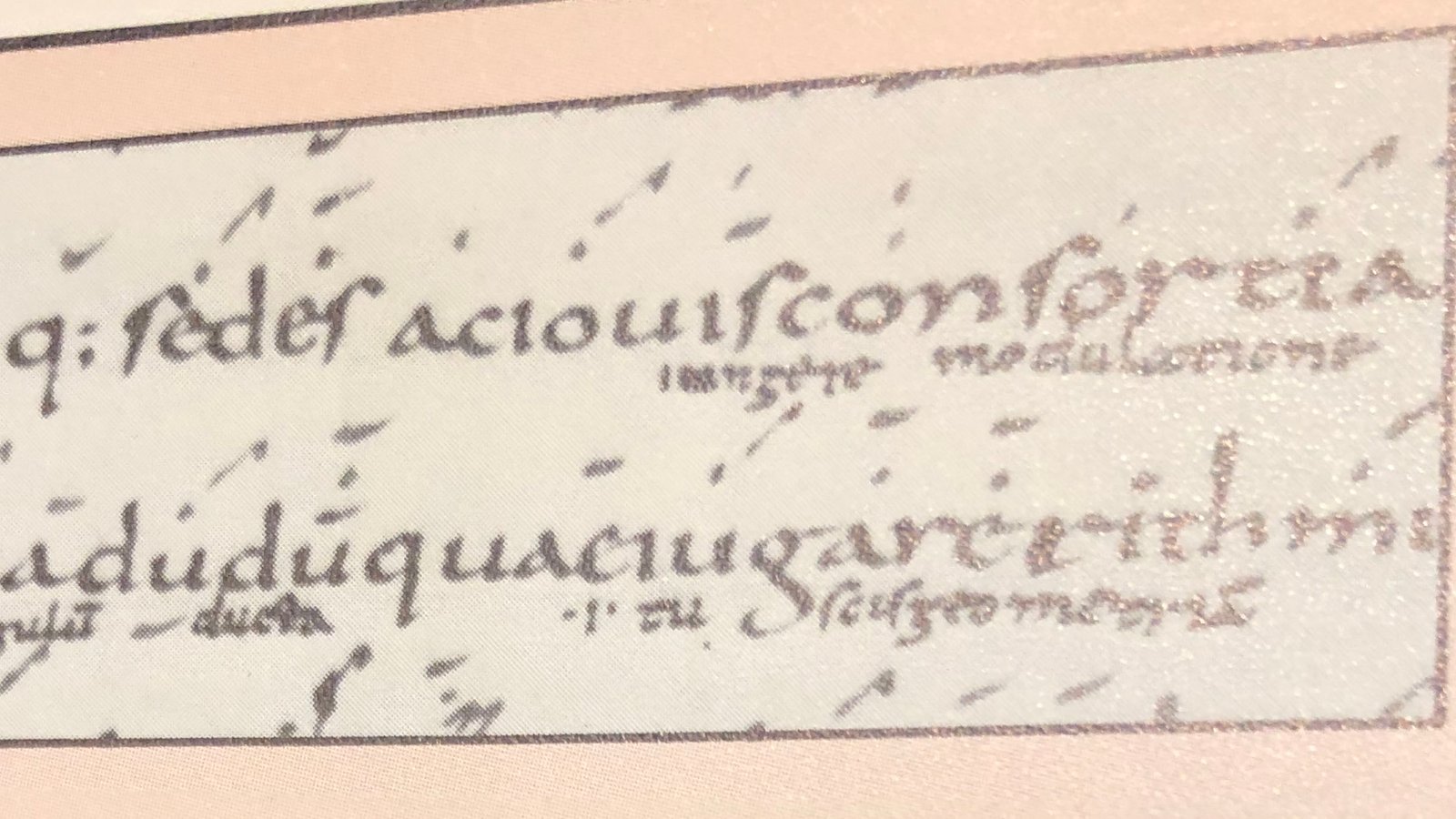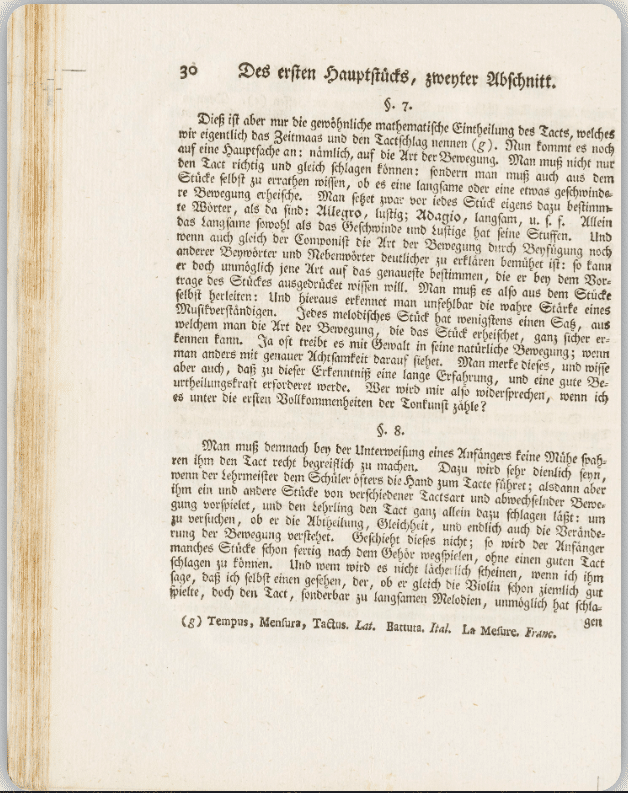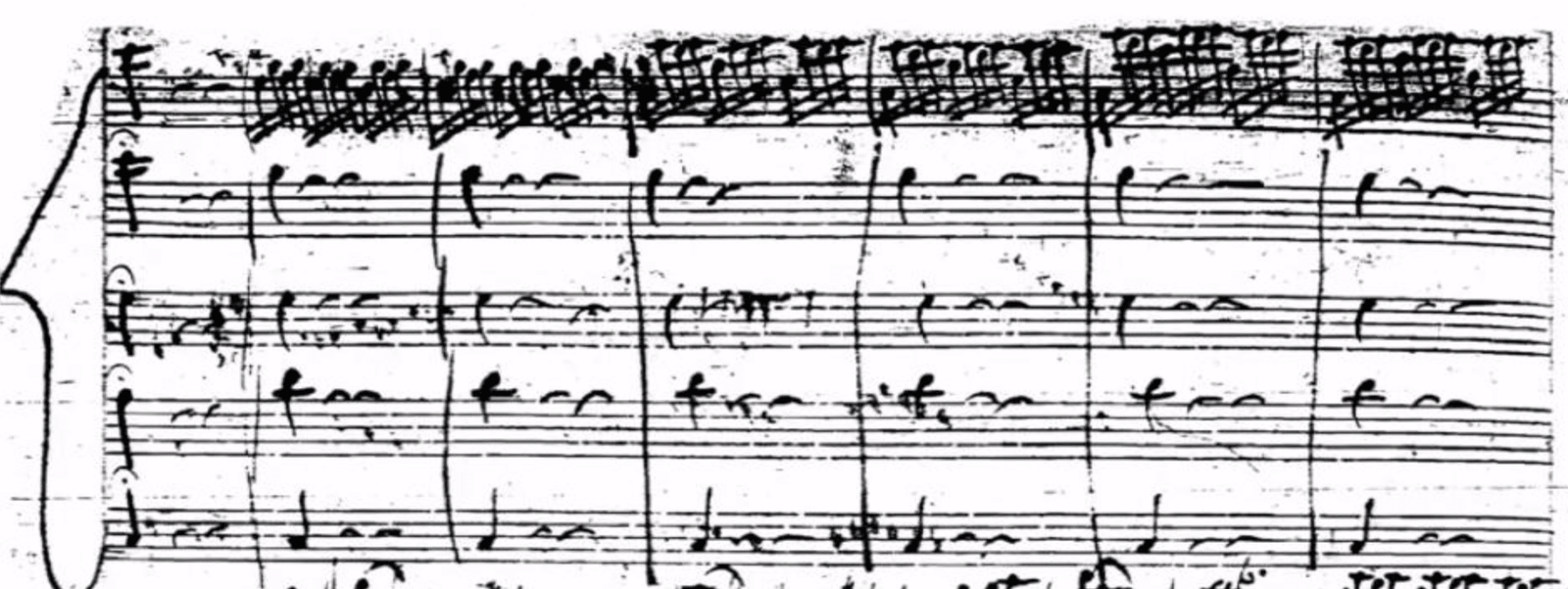Thoughts on The Early Documentation of Emotion in Music
The earliest documentation we have of conductors is the images we see of them in the tomb paintings of ancient Egypt. They are seen standing, usually in front of a small ensemble of instrumentalists. But what are they doing? The question arises because during this entire ancient period in Egypt there was as yet no notation associated with music. In spite of no notation, Plato wrote in more than one book that Music Education existed and was highly organized during the period of 10,000 years before his time in the fifth century BC – a period of time reaching back to the era of the cave painting in France and Spain!
During the most recent period of ancient Greek culture, the so-called Roman period of 100 BC, there are some fragments of a notation system consisting of letters, but this system makes no account of rhythm. But our conductor of the tomb paintings, 2,000 years before the letter notation could have been giving the beat, which is a large part of what some conductors continue to do today. In the case of one of the ancient tomb paintings, what the conductor was doing was identified in hieroglyph symbols. If all he did was give the beats we might have expected for him to be identified as “giver of the beat.” However, most extraordinary, instead we read “music of the arm!” Not only is that a wonderful description of what the conductor does with his arms, but confirms for us that these very ancient musicians were making music.

We see this ancient conductor frozen in time in the paintings and we wish we could see him move. Over a number of years I have wondered if the movement of his hands and arms had some relationship with the earliest notated church music of Western Europe, the so-called neume notation of the 9th century. Here, in a different hand and ink over the Latin text, we see a variety of added marks — dots, lines in various directions, including some with arcs at the top of the line, etc., of which no one knows for sure what they represent. They do not represent pitch or rhythm, so they can hardly represent a real notation of the music. Indeed most scholars have suggested that they are merely a system of mnemonic aids to help the singers remember the music. Willi Apel, in the Harvard Dictionary of Music, for example, wrote:
Evidently these signs served only as a mnemonic aid for the singer who knew the melodies by heart, or for the choir leader who may have interpreted them to his choir by appropriate movement of the hand.[1]Printing of 1961, 488.
Perhaps another clue to the role these marks meant above the 9th century text is found a couple of centuries later in the work of the remarkable early scholar, Roger Bacon (1220-1292), who wrote:
For accent is a kind of singing; whence it is called accent from accino, accinis [I sing, thou singest], because every syllable has its own proper sound either raised, lowered, or composite, and all syllables of one word are adapted or sung to one syllable on which rests the principal sound.[2]The Opus Majus of Roger Bacon, trans., Robert Burke (New York: Russell & Russell, 1962), I, 259.
Recently in looking again at several of these 9th century examples of neume notation, I had a new thought, a possible solution which I have never seen made before in published studies. I noticed for the first time that all these various marks appeared only above vowels and that it follows, therefore, that these marks must be symbols of feelings and emotion which the conductor could communicate to the players. The vowels are fundamental to the expression of feelings. The vowel “o” could reflect surprise, pain, pleasure and more and the hands alone are capable of many examples of silent emotional communication. Also, it is important to recall that the very definition of music is as a means of communication of feelings and emotions, which our other means of communication, speaking or writing in language, are very limited in accomplishment.
It is well-known that the early Christian Church had as one of its goals the development of a new type of Roman citizen, one devoid of emotions. The church writers of the first three centuries frequently remind the public not to go the the theater, or the arena, for there they will be exposed to emotions. St. Basil even suggested that a good Christian should not even laugh, as that too was a form of emotion. Therefore it followed that when the church mathematicians were charged with the creation of a new system of notation, needed to speed up the training of boy singers, they were told not to have any symbols which expressed feelings and emotion. And not only were they successful in designing such a new kind of notation, devoid of symbols of emotion, but today, a thousand years later, we still have a notational system which has not a single symbol which expresses any feeling or emotion in notation!




